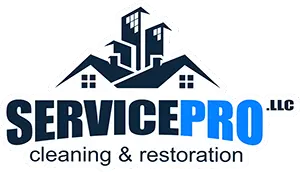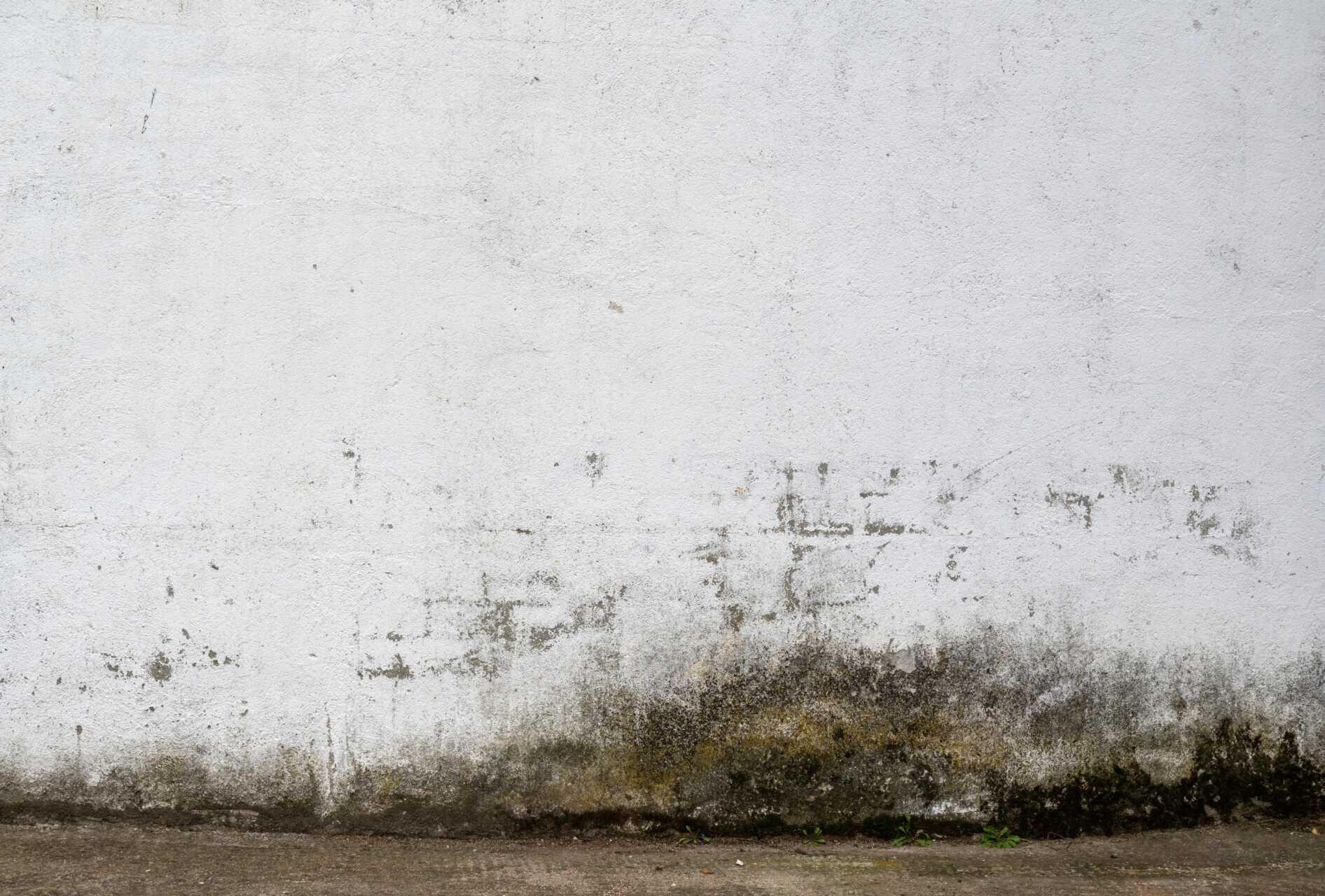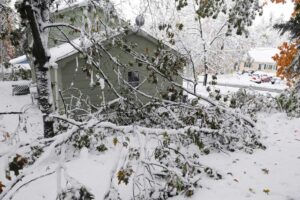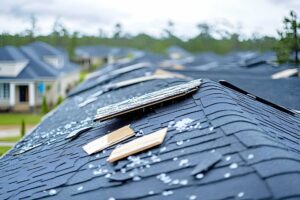When faced with flood cleanup damage, it’s essential to act quickly and efficiently, especially on a budget. You’ll want to assess the situation carefully, ensuring safety before taking any cleanup steps. Understanding the right tools and methods can greatly reduce costs while still addressing both water and mold issues effectively. There are practical solutions available that can help you regain control of your space and prevent future problems, but the key is knowing where to start.
Key Takeaways
- Use a wet/dry vacuum for efficient water removal, combined with mops and buckets for residual moisture cleanup.
- Create a vinegar solution or baking soda paste for effective, eco-friendly mold removal on affected surfaces.
- Invest in submersible pumps for large water volumes while utilizing siphon hoses for hard-to-reach areas.
- Implement proper drainage systems and use water-resistant materials to prevent future flooding and mold growth.
- Regularly inspect for leaks and maintain ventilation to keep areas dry and discourage mold development.
Assessing Water Damage and Safety Precautions
When you’re faced with flood damage, it’s essential to evaluate the situation carefully to ensure your safety and the integrity of your property.
Start with a thorough water evaluation; check for standing water, damaged structures, and potential hazards like electrical wires. Wear appropriate safety gear, including gloves, boots, and a mask, to protect yourself from contaminants.
Next, document the damage with photos to aid in insurance claims later. If the water’s not too deep, you might cautiously wade in, but stay alert for shifting debris.
Evaluating the flood’s impact on your belongings is critical, too. Prioritize which items can be salvaged and which may need disposal.
DIY Flood Cleanup Techniques
When tackling flood cleanup, having the right tools is vital for efficiency and effectiveness.
You’ll want to follow a step-by-step process to ensure you safely address all areas of damage.
Let’s explore the essential cleanup tools and outline a practical approach to restore your space.
Essential Cleanup Tools
While dealing with the aftermath of a flood can be overwhelming, having the right cleanup tools at your disposal makes the process more manageable.
To start, a quality wet/dry vacuum is essential for removing standing water and debris. Pair it with a sturdy mop and buckets for residual moisture.
You’ll also need protective gear, like gloves and masks, to ensure safety while cleaning. A dehumidifier is invaluable for drying out affected areas and preventing mold growth.
Additionally, consider using fans to enhance airflow. Don’t forget basic tools like brooms, shovels, and rags for thorough cleaning.
Investing in these essential cleanup tools and flood recovery equipment will help you reclaim your space and restore a sense of normalcy.
Step-by-Step Process
As you begin the cleanup process after a flood, it’s crucial to approach the task methodically to ensure safety and efficiency.
Start by evaluating the damage and contacting your flood insurance provider to understand your coverage. Wear protective gear before entering affected areas.
Remove standing water using pumps or buckets, and ventilate the space by opening windows and doors.
Next, remove damaged materials like carpets and drywall, which can harbor mold. Clean and disinfect surfaces with a mixture of water and bleach to prevent mold growth.
Finally, monitor the area for any signs of moisture and address them promptly as part of your ongoing home maintenance. This proactive approach ensures a healthier living environment and safeguards your investment.
Cost-Effective Mold Removal Methods
Though mold can pose serious health risks and damage your home, you don’t need to break the bank to tackle it effectively.
Start with a thorough mold inspection to identify the problem areas. Once you know where the mold is lurking, consider these cost-effective methods:
- Vinegar Solution: A simple mix of white vinegar and water can effectively kill most mold strains without harsh chemicals.
- Baking Soda Paste: Combine baking soda with water to create a paste that scrubs away mold while being safe for your home and the environment.
- Hydrogen Peroxide: This eco-friendly solution is great for removing mold and mildew, as it’s non-toxic and effective on various surfaces.
Utilizing Natural Remedies for Mold Prevention
When it comes to preventing mold, natural remedies like vinegar and baking soda can be surprisingly effective.
Vinegar’s acidity kills many types of mold, while baking soda absorbs moisture and helps eliminate odors.
Vinegar as Mold Remover
Vinegar is a powerful, budget-friendly solution for tackling mold issues in your home. Its effectiveness as a natural disinfectant makes it an ideal choice for those looking to maintain a healthy environment.
Here’s how you can use vinegar to combat mold:
- Spray directly on affected areas, allowing it to sit for at least an hour.
- Wipe with a cloth to remove mold, ensuring you don’t spread spores.
- Rinse with water to wash away any residue.
Vinegar is effective, safe for most surfaces, and non-toxic to families and pets.
Baking Soda Benefits
Baking soda is an excellent ally in the fight against mold, offering a simple yet effective approach to prevention. You can use it to absorb moisture, which molds thrive on. Just sprinkle baking soda in areas prone to dampness, and it’ll help keep the environment dry.
Additionally, baking soda’s natural properties aid in odor elimination, neutralizing musty smells often associated with mold growth. Create a paste with water, apply it to moldy surfaces, and scrub gently to remove stains. This method tackles existing mold and helps prevent its return.
Affordable Equipment for Water Extraction
While flooding can be a formidable challenge, having the right equipment for water extraction can make a significant difference in your cleanup efforts.
You don’t need to break the bank to find effective solutions. Here are three affordable options you should consider:
- Submersible Pumps: These affordable pumps can quickly remove large volumes of water from your space, speeding up the drying process.
- Wet/Dry Vacuums: Ideal for tackling smaller areas, these powerful water extraction tools can handle both liquid and debris, making them versatile for various cleanup tasks.
- Siphon Hoses: A simple yet effective tool, siphon hoses can help you transfer water from one area to another, particularly when gravity isn’t on your side.
Investing in these affordable options enhances cleanup efficiency and fosters a sense of community resilience during challenging times.
Budget-Friendly Professional Services
After addressing the immediate needs of water extraction with affordable equipment, you might find yourself facing the decision of whether to hire professional services for the cleanup.
While DIY methods can be tempting, budget-friendly professional services offer valuable expertise. Look for companies that provide affordable inspections, as these can identify hidden issues that you may overlook.
Opting for cost-effective treatments ensures thorough remediation and saves you from potential future expenses linked to mold growth.
Many professionals focus on delivering quality service at a reasonable price, making it easier for you to access expert help without breaking the bank.
Long-Term Solutions to Prevent Future Flooding and Mold Growth
To effectively reduce the risk of future flooding and mold growth, it’s vital to implement proactive measures in your home.
Here are three long-term solutions that can make a significant difference:
- Install effective drainage systems: Confirm your property has properly functioning gutters and downspouts that direct water away from your foundation. This helps prevent water accumulation.
- Use water-resistant materials: When remodeling or repairing, opt for water-resistant materials like treated wood, vinyl flooring, or moisture-resistant drywall. These materials can withstand damp conditions better, reducing mold risk.
- Regular maintenance: Routinely check for leaks and repair them promptly.
Keeping your home well-ventilated and dry is essential to discourage mold growth.
Wrap-Up
Tackling flood cleanup and mold prevention doesn’t have to break the bank. By utilizing budget-friendly tools and eco-friendly methods, you can effectively manage water damage and mold growth while safeguarding your home. Remember, investing in preventive measures now saves you from costly repairs down the line. Stay vigilant, and your home can remain resilient against future flooding and mold issues.




